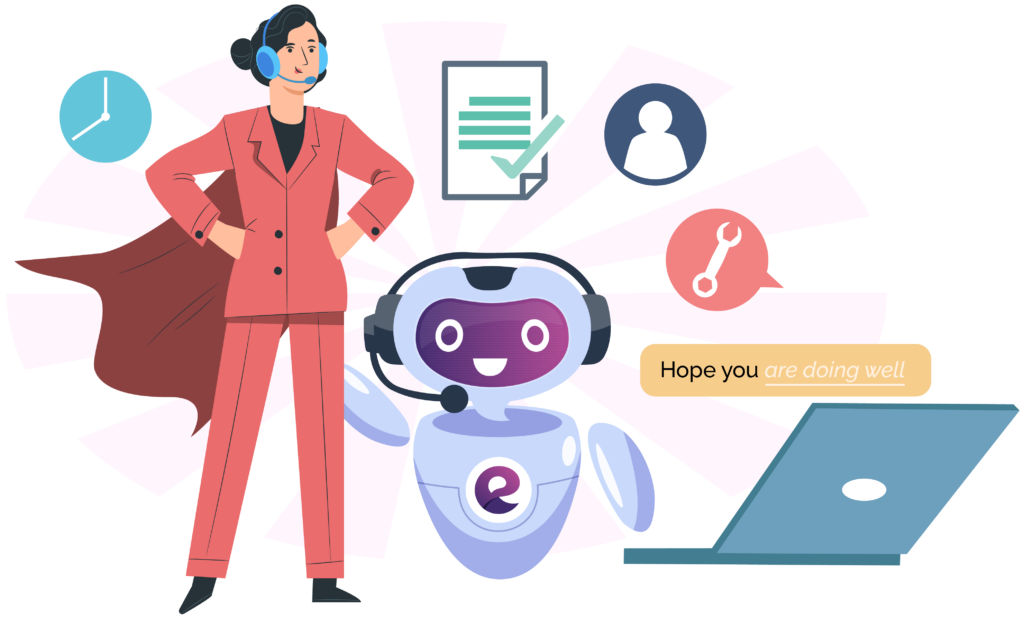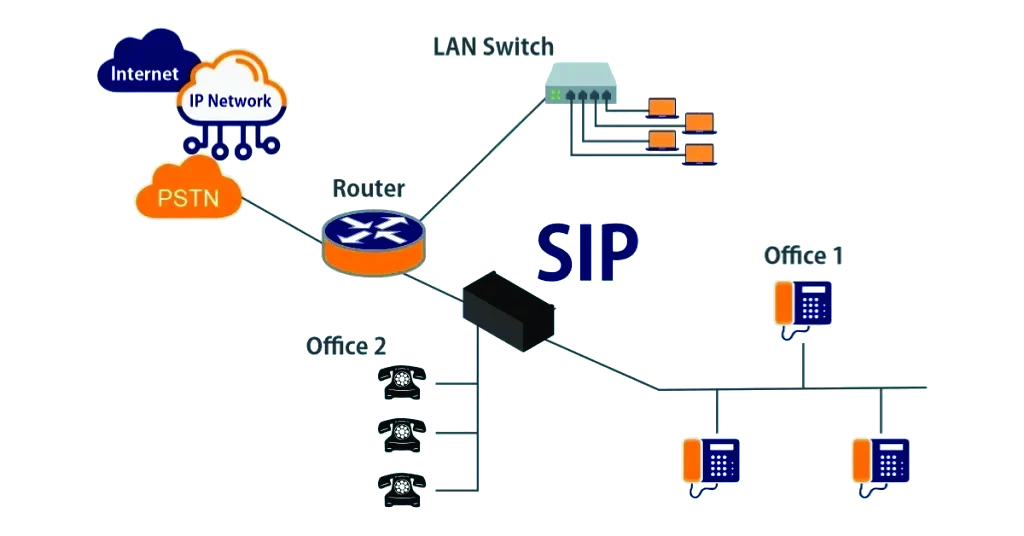Unified Communications (UC) has redefined the way organizations connect and collaborate. As technology continues to evolve, the integration of Artificial Intelligence (AI) is revolutionizing UC, unlocking new possibilities for efficiency, personalization, and enhanced user experiences. In this blog post, we will explore the pivotal role that AI plays in advancing Unified Communications, ushering in a new era of intelligent and adaptive communication platforms.
Introduction
Unified Communications, as a comprehensive solution integrating various communication tools, has become a cornerstone of modern business operations. The infusion of Artificial Intelligence into UC is transforming static communication systems into dynamic, adaptive ecosystems. Let’s delve into the key ways AI is reshaping and advancing Unified Communications.
1. Intelligent Automation in Communication Workflows
Enhancing Routine Tasks: AI introduces intelligent automation to routine communication tasks, such as email responses, appointment scheduling, and information retrieval. This not only saves time but also allows employees to focus on more complex and strategic aspects of their roles.
Automated Transcription and Summarization: AI-powered tools can transcribe and summarize voice conversations, making it easier to review and reference critical information. This feature is particularly valuable for remote teams and enhances collaboration by providing a detailed record of discussions.
2. Predictive Analytics for Enhanced User Experience
Predictive Call Routing: AI algorithms analyze historical communication patterns to predict the best route for incoming calls. This ensures that calls are directed to the most appropriate individual or department, optimizing response times and enhancing overall customer satisfaction.
Personalized User Interfaces: AI-driven interfaces can adapt to user preferences, displaying relevant information and communication channels based on individual roles and responsibilities. This personalization streamlines workflows and ensures that users have quick access to the tools they need.
3. Natural Language Processing (NLP) for Improved Interactions
Voice-Activated Commands: Integration of NLP allows users to interact with UC platforms using voice-activated commands. This hands-free approach enhances accessibility and convenience, especially for tasks like initiating calls, setting up meetings, or searching for information.
Language Translation Services: NLP capabilities can facilitate real-time language translation in communication tools, breaking down language barriers and fostering collaboration among teams across different regions.
4. Advanced Security Measures
Behavioral Analysis for Anomaly Detection: AI can analyze user behavior patterns within communication platforms to identify anomalies that may indicate potential security threats. This proactive approach enhances security by detecting and mitigating risks before they escalate.
Biometric Authentication: AI-driven biometric authentication adds an extra layer of security to UC platforms. Voice recognition, facial recognition, and fingerprint scans provide secure access, reducing the risk of unauthorized access to sensitive communication channels.
5. Data-Driven Insights and Reporting
Performance Analytics: AI algorithms can analyze communication data to provide valuable insights into performance metrics. This includes call durations, response times, and user engagement, empowering organizations to make data-driven decisions for process optimization.
Predictive Maintenance: In the realm of UC infrastructure, AI can predict potential issues and recommend preventive measures, reducing downtime and ensuring a seamless communication experience.
6. Virtual Assistants for Enhanced Productivity
Automated Meeting Scheduling: AI-powered virtual assistants can autonomously schedule and organize meetings based on participants’ availability, reducing the time spent on manual coordination.
Task Automation: Virtual assistants integrated into UC platforms can automate various tasks, such as sending reminders, updating calendars, and providing relevant information during meetings, enhancing overall productivity.
Conclusion
The infusion of Artificial Intelligence into Unified Communications marks a paradigm shift in how organizations approach and utilize communication technologies. The synergy between AI and UC not only automates routine tasks but also empowers users with predictive analytics, natural language interactions, and advanced security measures.
As businesses continue to embrace digital transformation, the role of AI in advancing Unified Communications becomes increasingly significant. The integration of intelligent automation, predictive analytics, and virtual assistants propels communication platforms into a realm of adaptive, user-centric experiences.
In leveraging the power of AI, organizations can not only enhance efficiency and productivity but also stay ahead in the ever-evolving landscape of modern communication. The journey towards intelligent Unified Communications is not just about technology; it’s about redefining how teams connect, collaborate, and thrive in a dynamic and interconnected world.





